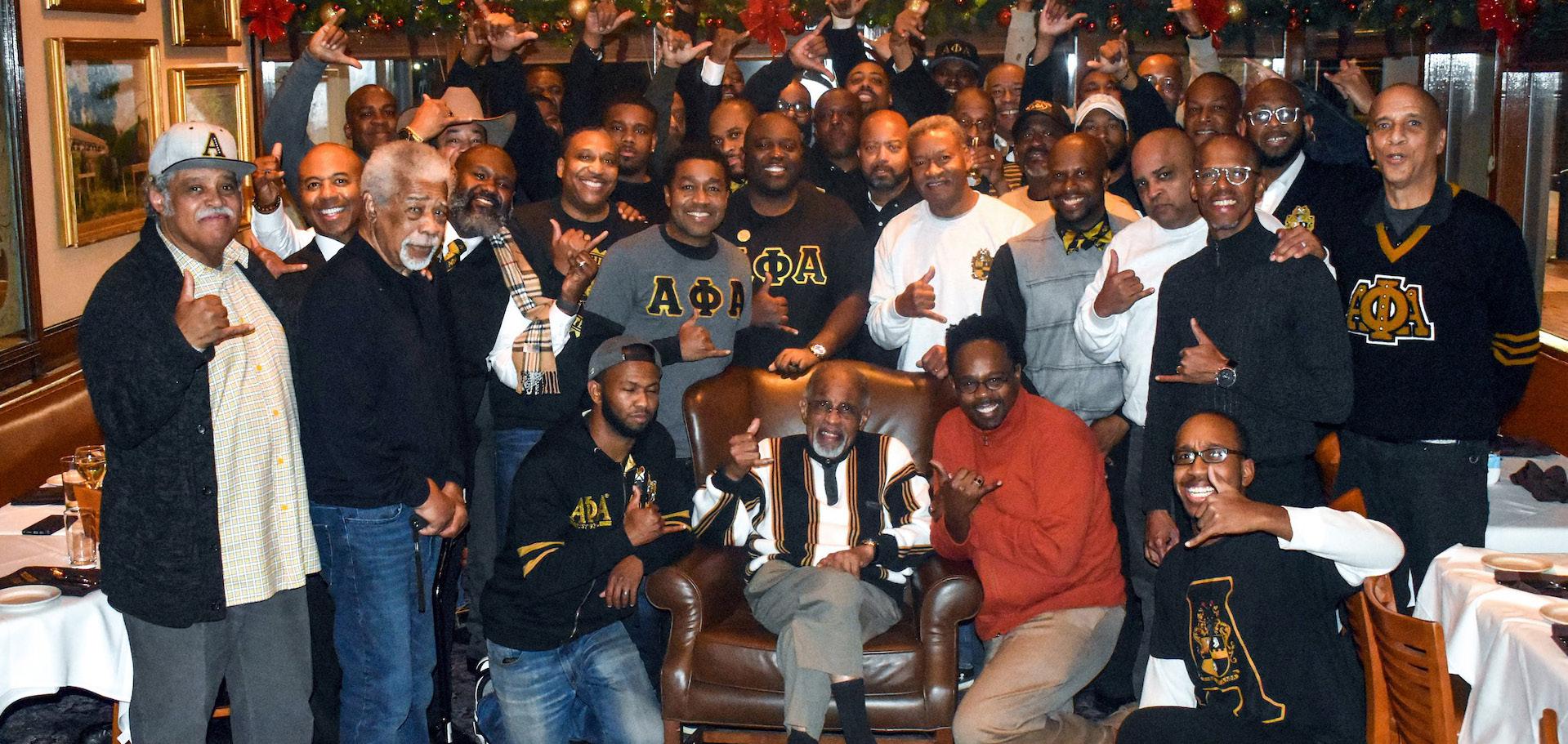
2 minute read
n Celebrations and High Achievements
A L P H A P H I A L P H A F R AT E R N I T Y, I N C . • Κ Φ Λ NEWS • SEPTEMBER 2020 6 THE PARLIAMENTARIAN’S PERSPECTIVE
By Bro. Calvin R. Austin (Gamma Phi (ΓΦ) Chapter, Tuskegee University, 1965) As your Parliamentarian, I plan to provide monthly tips to help you understand meeting actions under Robert’s Rule of Order. This month we will discuss the steps to making a motion. It should be noted that “So Moved” is not a valid process under Robert’s Rules of Order. These steps are include within ΚΦΛ Chapter’s Standard Operating Procedures.
Advertisement
A motion is a formal proposal by a member during a meeting that the assembly take certain action. The basic form of the motion is the Main Motion. A Main Motion is brought before an assembly.
■ Motion is moved While no motion is pending, a Brother “rises” and seeks recognition. Once a Brother is recognized he has the exclusive right to be heard at that time. The member makes the motion, (example) “I move that the chapter donate $500 to the Boy Scouts.”
■ Motion is seconded Someone without needing to be recognized, verbally “seconds” the motion. The seconder is not claiming to agree with the motion. The seconder is stating that the motion should be discussed and voted by the assembly. States (example): “I second the motion OR seconded!”
■ Motion is stated: The chair states the motion. "It is moved and seconded that the chapter donate $500 to the Boy Scouts." As the chair recognizes the maker of the motion, he states, "Are you ready for the question?" The motion no longer belongs to the mover; it now belongs to the assembly.
■ Motion is debated All remarks by the members are made to the chair, never to or about another member. Debate can be closed only by a 2/3 vote by the assembly. A motion is considered by the assembly.
■ Motion is presented, the chair states: "The motion is that the chapter donate $500 to the Boy Scouts." • All in favor of the motion indicate by saying, “Aye” • All opposed to the motion indicate by saying, “No” * The wording of the motion when the question is presented is the way it goes into effect * A voice vote is the regular method when a majority vote is required for adoption * A rising vote is the normal method when a 2/3 vote is required for adoption * A 'show of hands' is intended for small assemblies or after an inconclusive voice vote






